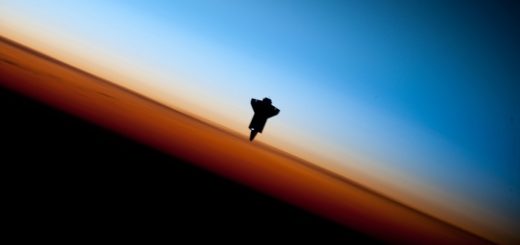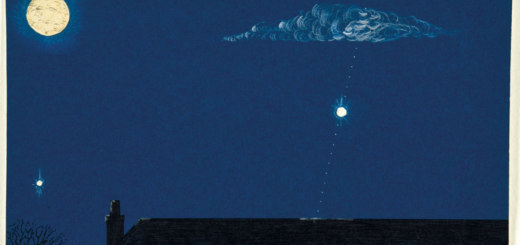A galactic sideswipe 3 billion years ago warped our Milky Way galaxy

New data from the Sloan Digital Sky Survey and Europe’s Gaia spacecraft suggest that a brush with another galaxy caused the strange, potato chip-like “warp” in our Milky Way galaxy.
We know little about our own galaxy’s warp because of the difficulty of studying the galaxy from within it, but scientists have observed similar distortions in roughly 50% to 70% of spiral galaxies like our own. (Technically speaking, the Milky Way is a particular subset of the group, called a barred spiral galaxy.)
The new results suggest that our galaxy’s twist came from a “recent” interaction with another galaxy — recent, that is, compared to the 13.7-billion-year-old age of the universe. Roughly three billion years ago, the scientists suggest, a satellite galaxy came close enough to our own to create a ripple effect still visible in the Milky Way’s stars today.
Related: Stunning photos of our Milky Way galaxy (gallery)
“Our usual picture of a spiral galaxy is as a flat disk, thinner than a pancake, peacefully rotating around its center,” lead author Xinlun Cheng, an astronomy graduate student at the University of Virginia, said in a statement from Sloan. “But the reality is more complicated.”
It’s difficult for scientists to map out our galaxy’s warp because Earth is embedded deep in the Milky Way. Even our spacecraft have only ventured a little ways from our planet, in cosmic terms, as most remain within the bubble our star forms around the planets.
Instead, scientists learn about the warp by studying the motions and positions of stars throughout the Milky Way. The new results show that the galactic disk’s warp ripples through the Milky Way once every 440 million years.
“Imagine that you are in the stands at a football game, and the crowd starts doing ‘the wave,'” Cheng said. “All you do is stand up and sit down, but the effect is that the wave goes all the way around the stadium. It’s the same with the galactic warp — stars only move up and down, but the wave travels all the way around the galaxy.”
Scientists gathered the information using the Apache Point Observatory Galactic Evolution Experiment (APOGEE), which has observed hundreds of thousands of the Milky Way’s stars in the past decade. APOGEE gathers a star’s spectrum, or the different light wavelengths emitted, as part of its survey.
Then, astronomers added observations from the European Space Agency’s Gaia satellite, which measures cosmic distances to stars all over the galaxy. Together, the two sets of observations provided a three-dimensional map of Milky Way stars along with their velocities and chemistries.
The study may help astronomers create more accurate models of the forthcoming collision of the Milky Way with the nearby Andromeda Galaxy (M31) in roughly 4.5 billion years, the scientists said.



 Creators of mankind
Creators of mankind Description of “Tall white aliens”
Description of “Tall white aliens” Where they came from?
Where they came from? About hostile civilizations
About hostile civilizations The war for the Earth
The war for the Earth “Tall white aliens” about eternal life
“Tall white aliens” about eternal life Video: “Nordic aliens”
Video: “Nordic aliens” Aliens
Aliens Alien encounters
Alien encounters The aliens base
The aliens base UFO
UFO Technology UFO
Technology UFO Underground civilization
Underground civilization Ancient alien artifacts
Ancient alien artifacts Military and UFO
Military and UFO Mysteries and hypotheses
Mysteries and hypotheses Scientific facts
Scientific facts


















